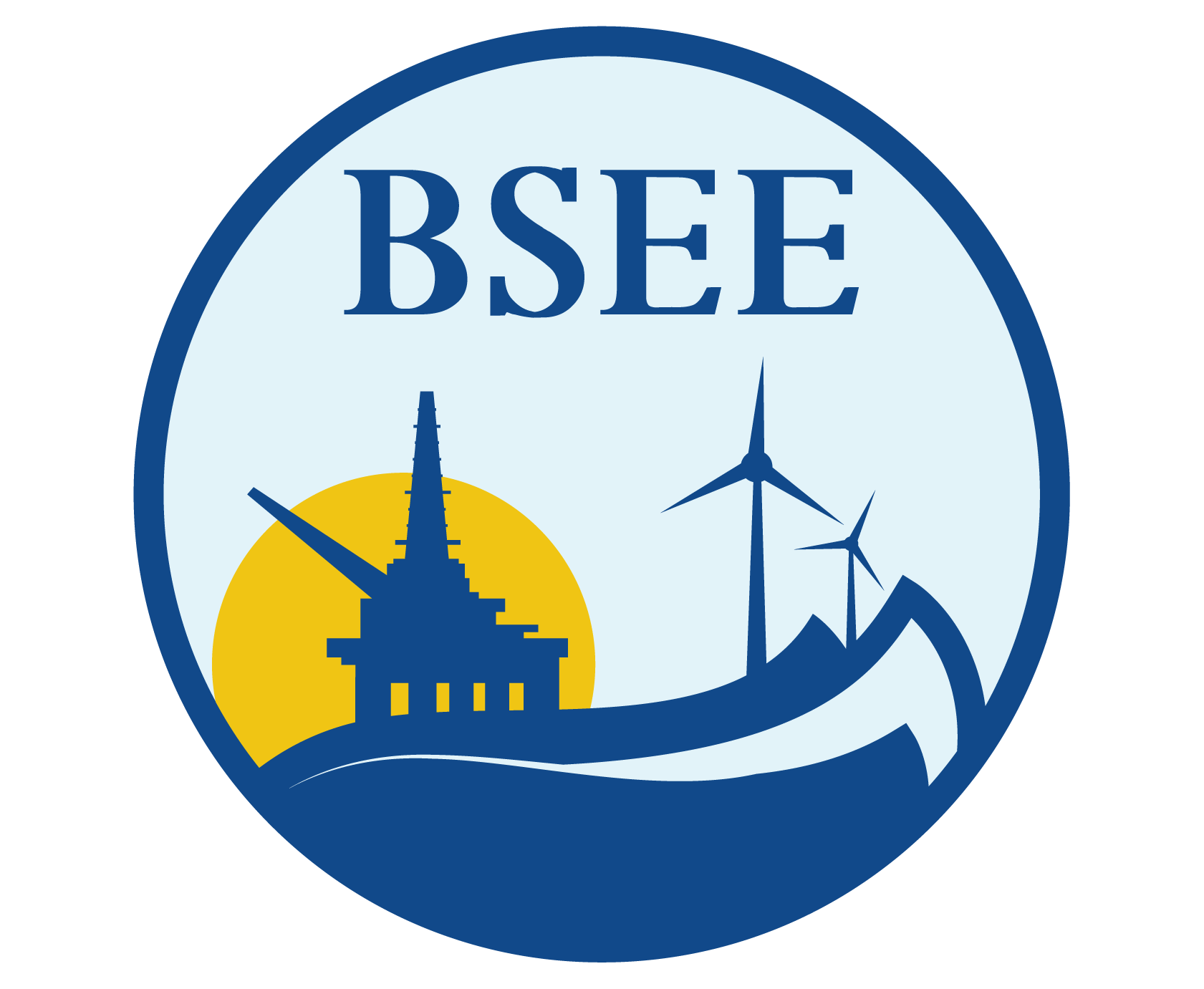Underwater Welding Workshop
This project's objective was to organize and conduct a Underwater Welding Seminar with representatives of MMS, PEMEX, IMP, and other interested parties. The seminar considered the different aspects of underwater wet welding of offshore oil and gas platforms typical of those located in the Gulf of Mexico (GOM). The seminar identified technical and non-technical barriers that hinder the use of the technology for fabrication and maintenance of platforms and pipeline in the GOM. The seminar identified future research areas.
